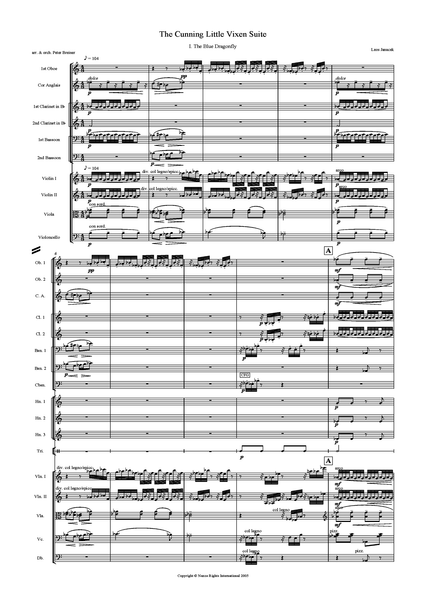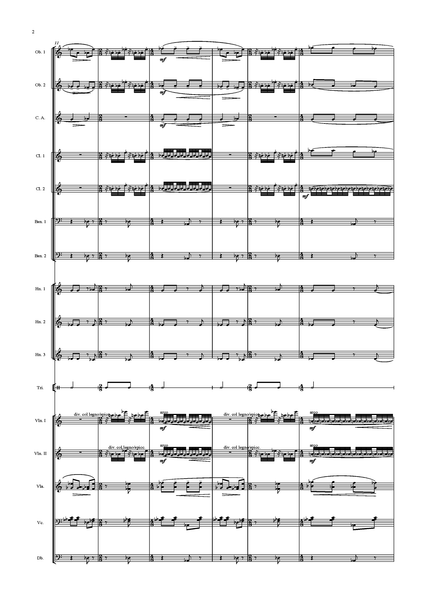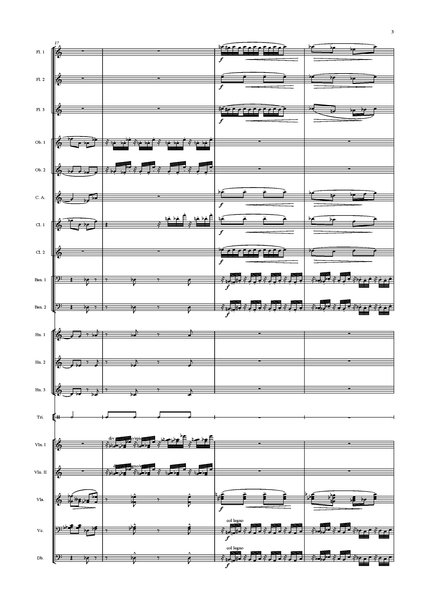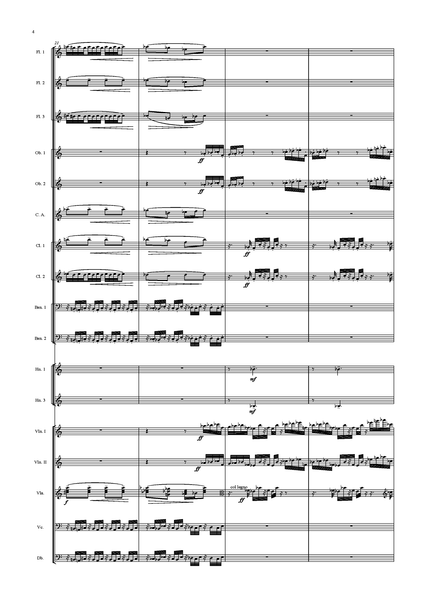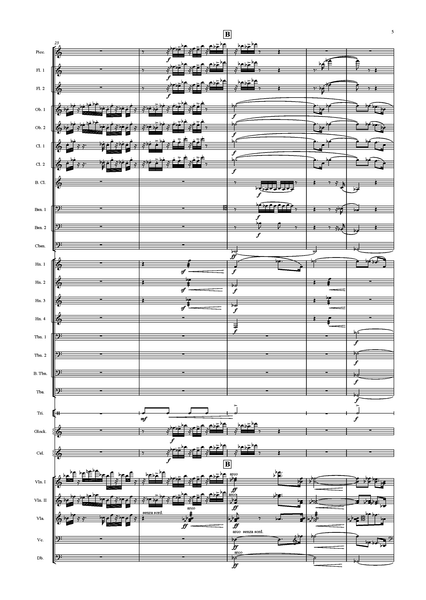Leoš Janáček: The Cunning Little Vixen Suite – arranged by Peter Breiner (PB049)
Sheet music edition. Choose your format from the selection above.
132 pages
Duration: 39m
Instrumentation: 3+1. 2+1. 3+1. 3d1 - 4.3.3.1 - euph - timp + perc - hp - cel - str
Leoš Janáček was a born dramatist. Although many of his works were based on pre-existing works (Jenůfa, Káťa Kabanová and The Makropulos Case are all derived from popular contemporary plays), over the course of his career Janáček became more confident and created his own librettos. In 1920 the popular Brno newspaper Lidové noviny serialised Vixen Bystrouška, a joyful and quixotic tale by Rudolf Těsnohlídek (based on pictures by Stanislav Lolek). Těsnohlídek originally suggested that the Vixen (and his story) was rather unsophisticated material for an opera, which certainly showed how unaware he was of the refined work that Janáček would tease out of a simple newspaper story. The Cunning Little Vixen, although thoroughly imbued with the humour and spirit of the original cartoons, is a more serious work. Over the course of the drama (and particularly after the death of the eponymous heroine) it becomes clear that through this charming little story Janáček is uncovering a more fundamental truth about the natural world.
The suite begins in the late afternoon sun of the forest. The chattering of the animals can be heard against the lull of the heat as the Forester begins his journey home. Of particular note here is a dragonfly, heard flying around the forest. Although it meets its end during the course of the overture, its brief life hints at the pervasive mortality and cycle of nature at the heart of the opera. In the second movement we join the Vixen after the Forester has captured her, at first stymied by her domestication and then, in a numinous interlude, dreaming of escape. This break-out is realised in the final moments of the movement, as she kills the entire chicken coup, breaks her leash and bolts over the fence back into the forest. Back in her natural habitat, the Vixen meets a dashing young fox and the third movement is based on music from their lush courtship duet at the close of Act Two. Recalling the late summer heat in Act Two of Káťa Kabanová, there is a heavy sense of melancholy about the musical language, with pining woodwind solos overlapping as the harmonies become more heightened. Moving back with the tap of xylophone we hear the Vixen’s triumphal dance as she evicts the Badger from his set. Taking possession of his former home, the Vixen stamps out a vicious Charleston, before the music returns to the string-based love music of before. The fourth movement is a further development of themes from the second act, ending in the Vixen and Fox’s sunny wedding celebrations.
After the heady second act, the fifth movement returns us to the brutality of nature, heard first in the depiction of winter in the forest. The Vixen is desperately searching out food for her burgeoning young family and the Entr’acte to the third act depicts the capture and death of a small hare. The poacher Harašta can be heard stalking through the forest, singing a lilting folk-song. A second section recalls the music that sounds after the death of the Vixen by Harašta’s hand. Ethereal woodwind and strings ululate as plangent clarinet and oboe solos alternate, beautifully describing the tragedy of the piece. The final movement moves towards more hopeful morals, with the vivacious chorus of the fox cubs, the rattle of percussion picking out their simple ditty, before the full orchestra (with the shimmer of cymbals) rings out the final hymn to the glories of nature, which sounds after the Forester realises that nature has an eternal cycle, if we could only look after it.
Audio Sample






